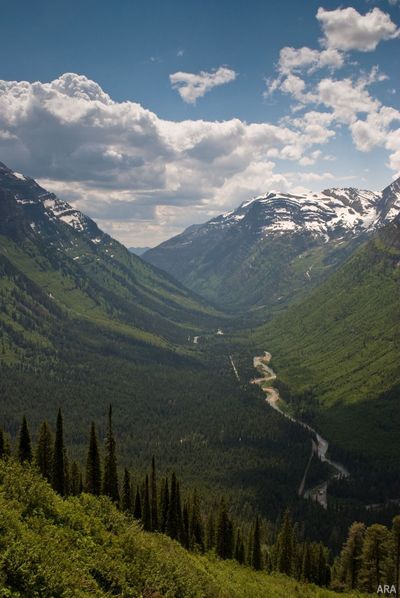How you can help preserve a 100-year-old treasure

(ARA) - Yellowstone, Joshua Tree, the Statue of Liberty and Acadia - the names of some of America’s most beautiful and well-known national parks conjure images of majestic mountains, colorful deserts, crystal blue lakes and stories about our nation’s heritage.
In just seven years, the National Park Service will celebrate its 100th anniversary, and while the celebrations are starting out strong, the national parks are beginning to show their age. Threats of funding shortfalls, pollution, climate change, and encroaching development are competing with the parks’ natural and historic wonders.
Many of these threats plagued the parks 80 years ago, and are revisited in Ken Burns’ historical documentary series, “The National Parks: America’s Best Idea,” airing on PBS starting Sept. 27.
Throughout history and continuing today, key individuals have made it their personal mission to overcome these obstacles and keep the parks healthy. Maxine Johnston has been dubbed the “Godmother” of Big Thicket National Preserve in Texas. Johnston’s 50 years of tireless advocacy have helped to protect roughly 100,000 acres of unique, highly diverse wildlife habitat within the preserve.
In the state of Washington, Clarence Moriwaki spent years working to ensure that the stories of more than 200 U.S. citizens of Japanese descent who were transferred to isolated internment camps during World War II are not forgotten. His efforts paid off this year when Congress and the president approved the creation of the Bainbridge Island Japanese American Memorial, now part of the park system.
Juanita Green - who is featured in Ken Burns’ film - is a former Miami Herald reporter. Her news stories were instrumental in the creation and protection of Biscayne National Park, which was threatened in the 1960s by a proposal to dredge a channel through the bay and turn the area into a city.
Although not everyone has the time and energy to tackle major park issues like these individuals, there are many quick and easy ways you can help restore the parks for your children and grandchildren:
* Visit the national parks
There are 391 national parks across the country that feature every kind of natural landscape imaginable and tell America’s diverse stories. Whether you enjoy hot weather or freezing temperatures, sandy desert or humid rainforests, hallowed battlefields or historic homes - you can find it in America’s national parks. Explore the parks and share your passion for them with others to build support.
The parks currently face a $600 million shortfall in annual federal operating funds, an approximate $8 billion maintenance backlog, and in some areas - development threats within their boundaries.
* Join the national parks movement
You don’t have to leave your home or take time away from work to support the parks. Sign up for news and action alerts and contact your congressional representatives and the president or other decision-makers about important park issues through the National Parks Conservation Association at act.npca.org.
* Reduce your carbon footprint for parks
The effects of climate change are already visible in the national parks. At Glacier National Park, glaciers are disappearing faster than scientists had predicted even a few years ago. In parks across the country, native trees and animals are losing ground because changing temperature and weather patterns are making the availability of food, water, and shelter less certain. The NPCA recommends that Congress take action to slow down and stop climate change, as well as help national park wildlife adapt to these significant changes.
But individual people can also help just by reducing their own carbon footprint. Through the “Do Your Part! for Climate Friendly Parks” Web site, you can calculate your carbon footprint, and set a goal for reduction. For example, buying local food items, riding your bike to work or reducing the amount of air conditioning or heat you use can help you meet your goal.
With a small amount of effort, you can help preserve America’s Best Idea for your children and grandchildren. To learn more, visit www.npca.org.